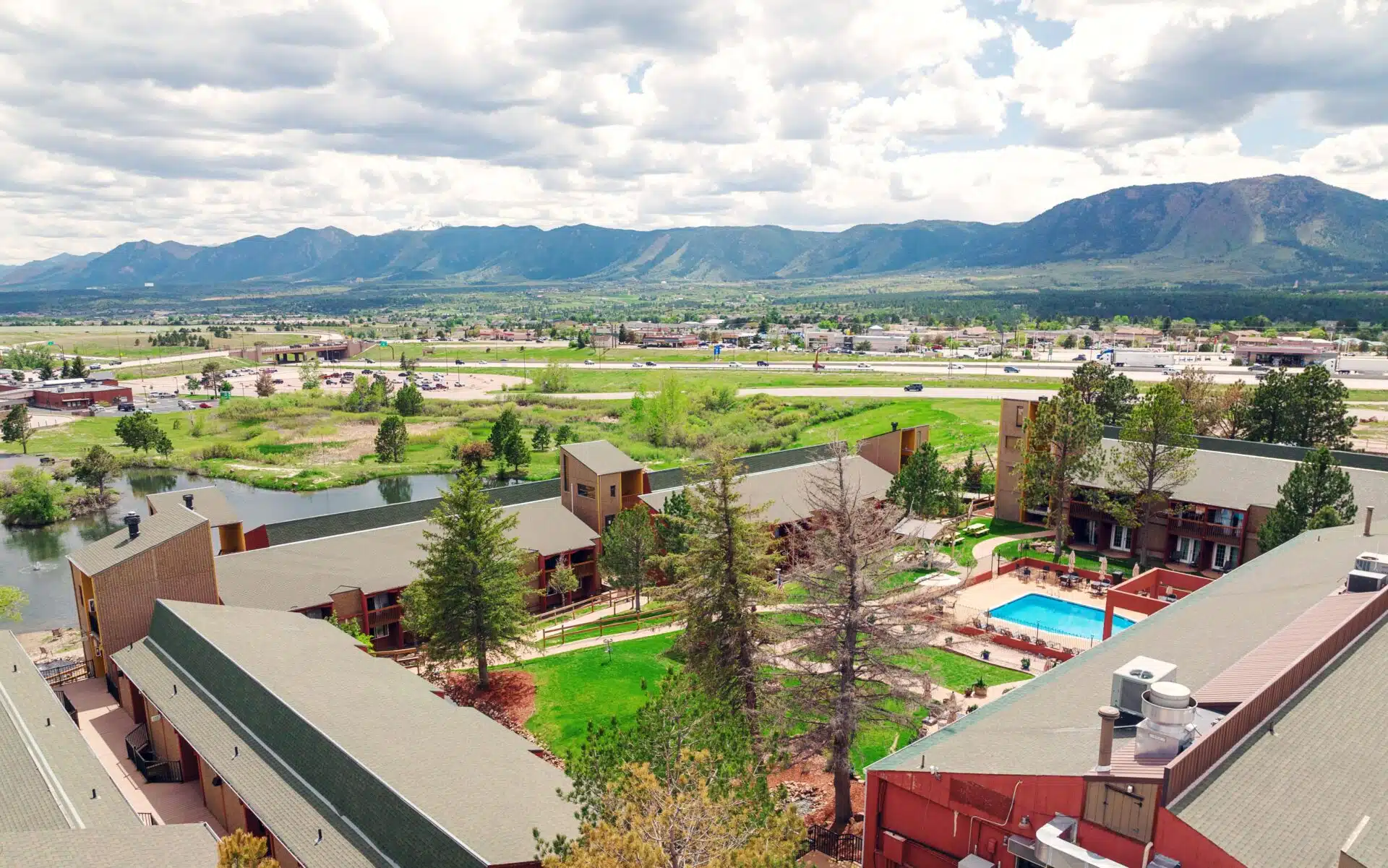Hispanics and Latinos make up nearly one-fifth of the U.S. population. Half of the nation’s growth from 2008 to 2018 was tied to Latinos.
While the Latino and Hispanic populations may be climbing, so is addiction in those populations. The groups’ overdose death rate is also on the rise. While the rate is still highest for whites, Latino and black death tolls are also rising.
As for why or even how, there’s no single clear answer. It could be cultural. Language barriers are likely roadblocks for some. Gender and politics may factor into some cases. Pair any or all of the above with complex medical matters, and one thing is certain: lives are at stake.
A Look at the Hispanic-Latino Community
In July 2019, the U.S. Census estimated the nation’s population to be more than 328 million people. In 2019, 18.3% — or 59.9 million people living in the United States — were Hispanic or Latino.
It may feel neat and tidy to lump all Hispanics and Latinos (or Latinas, for women, or the gender-neutral Latinx) together into one category, but that is an oversimplification in particular when it comes to life-or-death matters such as treating drug and alcohol abuse.
Latino or Hispanic only refer to origin and ancestry. Latinos or Hispanics can belong to any race or be any color. Latino generally refers to most anyone born in Latin America or with ancestors from there. Hispanic is linked more to people of Spanish-speaking origins or from former colonies of Spain. It can get infinitely more complex from there, but Mexican Americans make up the majority of Hispanic-Latinos in the U.S., followed by Central and South Americans, Puerto Ricans, and Cubans.
To simplify things (for better or worse) the U.S. Census lists Hispanics and Latinos together.
Substance Use Disorder Statistics for the Hispanic Community
Latino Americans’ alcohol and drug trends overall tend to parallel the U.S. population’s. Assimilation, sex, age, and education as well as a person’s culture of origin all factor into the likelihood of substance use disorder.
In studies of Hispanic-Latino people and alcohol abuse, a lot of data tends to lump people from these populations into one category, when in actuality, there are many diverse subgroups. A National Epidemiological Survey on Alcohol and Related Conditions found that non-Hispanic whites tended to have a 1.3% incidence of alcohol use disorder (AUD). Other Hispanic and Latino subgroups varied:
- Puerto Ricans – 3.6% AUD incidence
- Mexican Americans – 2.5%
- Cuban Americans – 0.6%
- Other Hispanics (from other Latin American or Spanish-speaking Caribbean countries) – 1.6%
- All Hispanics overall – 2.3%
When examining Hispanic-Latino alcohol abuse, when the data is broken down more (it isn’t always), it tends to focus on Mexican Americans, Cuban Americans, and Puerto Ricans. (While it isn’t a U.S. state, Puerto Rico is technically part of the country.)
Each group has its own cultural differences as well as unique challenges that may impact the likelihood of developing a substance use disorder as well as obtaining treatment for it.
Hispanic-Latino Teens and Substance Use
Whether Hispanic-Latino teens are especially at risk for addiction, there’s no clear-cut answer.
Hispanic and Latino youth is projected to make up 30% of the young population in the decades to come, and teens can be more influenced to use and misuse substances, depending on life’s weird soup of circumstances.
Several studies indicate Hispanic and Latino teens are more likely to use both illicit and licit drugs. Smoking rates are also typically higher for Hispanic and Latino youths compared to black and white teens.
They are second to non-Hispanic whites in alcohol use and binge drinking (42.9% and 44.4%, respectively) and have higher experimental drug use rates compared to other ethnic groups, including marijuana (39.9%), cocaine (9.4%), ecstasy (14%), and methamphetamines (5.7%).
Some researchers believe that Hispanic youth who better assimilate into the dominant surrounding culture are more likely to drink or use drugs.
According to a National Survey on Drug Use and Health, in 2018 an estimated 1.1 million Hispanic and Latino youth used drugs illegally in the previous year. More than 90% of Hispanic teens with a substance use disorder did not receive treatment. That puts them at greater risk to contract HIV, hepatitis B and C, and sexually transmitted diseases.
Twenty-six percent of new HIV diagnoses in 2016 were among Hispanic and Latino populations.
Other factors that may boost the risk of substance use disorder may include:
- Peer pressure
- More lenient attitudes toward drugs and alcohol
- Greater availability of substances in their geographic areas
- Lack of good role models
Co-occurring disorders (15% of teens have had a major depressive episode) sometimes go hand-in-hand with substance use. Others — and not just youth — may drink to numb the stress of adjusting to a new culture or because they feel like outsiders.
Looking at Cultural Differences
Those explanations don’t account for every likelihood, however.
Returning to why Cuban Americans appear less prone to abuse or become dependent on alcohol, in comparison to Puerto Ricans’ or Mexican Americans’ higher likelihood, the answer may be more cultural in origin.
Cuban Americans have the lowest alcohol abuse rates among all studied Hispanic counterparts, and compared to non-Hispanic whites, they’re half as likely to develop problems drinking.
Large numbers of Cubans began arriving in the U.S. as political refugees after the Cuban Revolution in the 1950s. Arriving legally means people often have stronger support networks and are able to earn better educations and higher incomes — all good tools against developing an alcohol use disorder.
Because they have been more embraced into American life, Cuban Americans have more open doors toward recovery options as well as insurance to cover all or some of their treatment costs.
Health Consequences for Latino Americans
Mexican Americans’ and Puerto Ricans’ higher alcohol abuse may stem from several factors.
Both cultures have a more permissive view of drinking. Puerto Rico’s legal drinking age is 18 (Puerto Ricans are U.S. citizens, too), and both Mexican and Puerto Rican cultures often celebrate with food and alcohol. If they encounter such food and drinks at family parties, youngsters may consider consuming them normal behavior.
Poverty is a huge component. It affects about 19% of the Latino and Hispanic community and Hispanics and Latino workers earn 76.9% of what other workers are paid.
In addition, poverty rates are higher in Puerto Rico, and there are more female heads of households. Mexican Americans have lower incomes, too. Single-parent and/or impoverished homes tend to experience more substance use disorder.
Demographics could shift in the years to come, too, as more Dominicans, Guatemalans, and Venezuelans enter the United States, outpacing Mexican immigration. Currently, people of Mexican origin make up more than half of the U.S. Latino population.
While cultural differences and a bit of outsider status — against the dominant white culture — may drive some Latinos and Hispanics to use, their focus on family, respect, spirituality, and gender roles may also shield them from addiction.
Every case is unique, but Latinas, for example, appear less likely to develop substance use disorders. It could be because drinking tends to be seen more as a manly pursuit.
On the flip side, some women may resort to use in secret, to hide a habit that is considered inappropriate within the culture and for her gender.
Women are drinking more often, and greater amounts, it should be noted, so that gap is shrinking. Men still are in the lead in terms of alcohol use, but women throughout the Americas tend to have more alcohol use disorders compared to the rest of the world.
How Hispanic-Latino Rehab Differs
The National Survey on Drug Use and Health reported that 9.9% — or 3.1 million — of Hispanics may need treatment (compared to 9.2% of U.S. residents overall). Despite that, Hispanics are less likely to enter rehab, and about 94% felt that they did not need help.
Latinos also tend to have poorer outcomes in substance use disorder programs. One problem is that an estimated one-third of Latinos do not have health insurance. In comparison, about 11% of whites and 20% of African Americans lack coverage.
Mexican Americans may not be as likely to seek treatment due to language barriers or the fear of being viewed as an illegal alien. (Or, some may actually be illegal aliens.)
Hispanics tend to utilize mental health services less, too, and leave recovery and aftercare more often before the services end.
Cultural differences and acculturation can steer a person away from rehab or toward it. Someone more versed in traditional American cultural mores may be more receptive to traditional treatments.
Noting cultural aspects among more traditional Latino and Hispanic clients and incorporating those aspects into the course of treatment may be a better strategy. (In other words, ride with it instead of trying to override an entire culture’s foundation.)
While people may not always be responsive to speaking to a therapist one-on-one, family therapy can be an effective tool simply because family is at the center of many Latino cultures.
Showing respect for parental figures as well as other family members and taking a less cold and clinical approach to treatment may yield better outcomes.
Medical professionals may be better off screening more at-risk populations, targeting areas with more Mexican Americans or Puerto Ricans. Tailoring services to more specific Hispanic and Latino population needs, including communicating in different languages and considering cultural differences, could create better Hispanic and Latino recovery success stories.
Since Latino and Hispanic populations are projected to continue to grow, there is a true need for more rehab options that are focused on those populations and friendly to their cultures.
Sources
Medical disclaimer:
Sunshine Behavioral Health strives to help people who are facing substance abuse, addiction, mental health disorders, or a combination of these conditions. It does this by providing compassionate care and evidence-based content that addresses health, treatment, and recovery.
Licensed medical professionals review material we publish on our site. The material is not a substitute for qualified medical diagnoses, treatment, or advice. It should not be used to replace the suggestions of your personal physician or other health care professionals.






